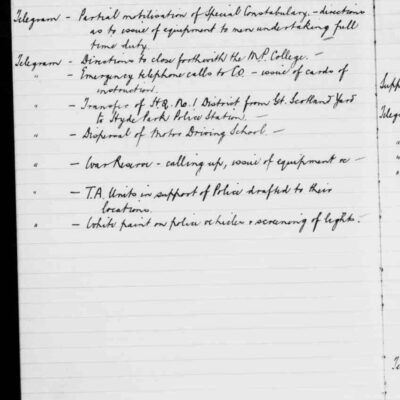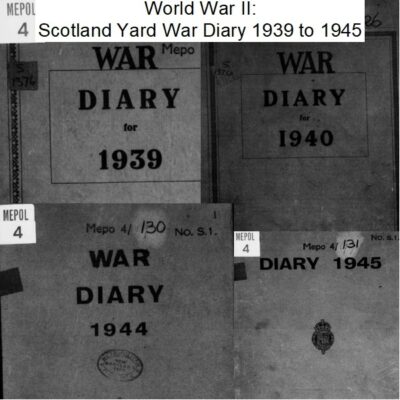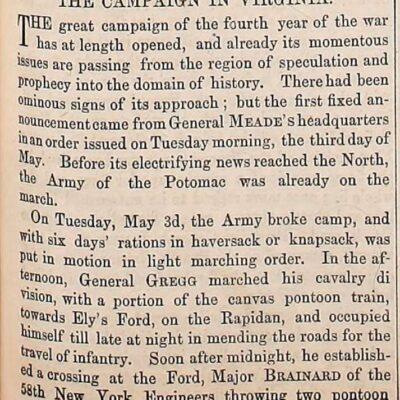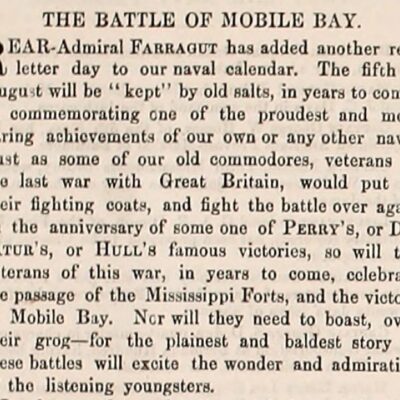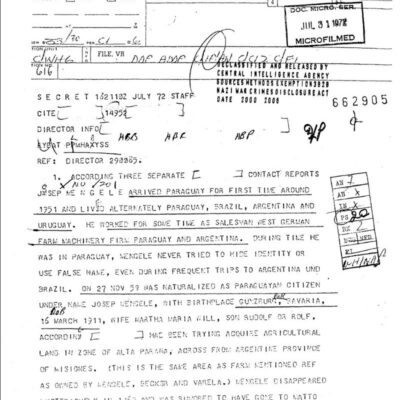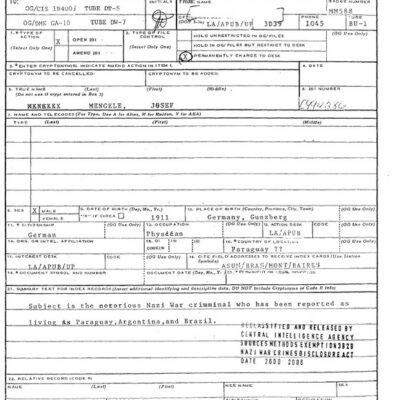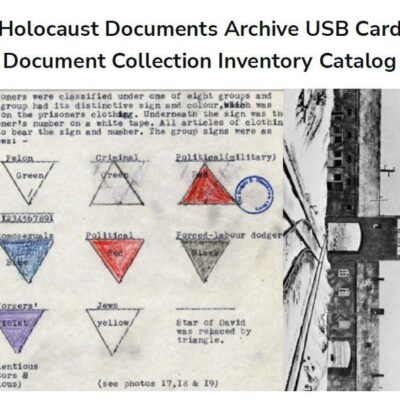

Operation POPEYE in the Vietnam War
$5.94
Description
Vietnam War Operation POPEYE: Cloud Seeding and Weather Manipulation Documents
Operation POPEYE in the Vietnam War involved 548 pages of documents from the CIA, the Department of Defense, and Congress concerning weather modification strategies through cloud-seeding in Southeast Asia.
Throughout Operation POPEYE, the United States implemented cloud seeding methods to generate rainfall aimed at inundating the Ho-Chi-Minh Trail. This initiative necessitated roughly 2,600 flights deploying 47,000 units of cloud-seeding agents across Vietnam, Cambodia, and Laos, constituting a violation of international law.
Following Congressional inquiries that validated the cloud seeding efforts during Operation POPEYE in 1973, the U.S. Senate adopted a resolution encouraging President Nixon to pursue discussions for a multilateral treaty. After a year of bilateral talks, in 1975, both the Soviet Union and the United States presented separate yet identical draft convention texts to the United Nations. By 1977, the use of weather modifications for military or hostile purposes was
Operation Popeye: Timeline and Key Figures
Timeline of Operation Popeye
- 1954: Division of Vietnam into North and South. North Vietnam sought unification under communist rule, while South Vietnam, supported by the U.S., was anti-communist.
- (Several years after the divide): North Vietnam developed the Ho Chi Minh Trail, a network for transporting troops and supplies to the South.
- October 1966: Test phase of Project Popeye is conducted in Laos without consultation with Lao authorities (but with Ambassador Sullivan’s knowledge and concurrence). The results were viewed by the DOD as successful.
- January 13, 1967: Memorandum from Deputy Under Secretary of State for Political Affairs (Kohler) to Secretary of State Rusk requesting approval to initiate the operational phase of Project Popeye in North Vietnam and Southern Laos.
- March 20, 1967: Start of operational cloud seeding missions as part of Operation Popeye. The U.S. Air Force attempts to extend the monsoon season over the Ho Chi Minh Trail using silver iodide to induce rainfall.
- March 1971: Reporter Jack Anderson publishes a story concerning Operation Popeye (called Intermediary-Compatriot).
- July 3, 1972: The New York Times publishes an article about Operation Popeye.
- 1972: Operation Popeye is halted after public revelation and outcry.
- 1977: The U.S. joins other nations in signing the Environmental Modification Convention (ENMOD), pledging not to use weather as a weapon.
Cast of Characters
- Foy D. Kohler: Deputy Under Secretary of State for Political Affairs. Authored the memorandum to Secretary of State Rusk recommending the initiation of Phase II of Project Popeye.
- Dean Rusk: U.S. Secretary of State. Initially had reservations about Project Popeye but eventually approved a limited experimental phase.
- Robert S. McNamara: U.S. Secretary of Defense. While initially suggesting weather modification research, he disapproved the operational use of the 7th Air Force’s OPLAN Popeye.
- William H. Sullivan: U.S. Ambassador to Laos. Concurred with the initial test phase of Project Popeye but his concurrence was based on an assumption that the proposed operations would be conducted under conditions comparable to those of the experimental phase.
- Souvanna Phouma: Prime Minister of Laos. Kohler recommends that Ambassador Sullivan consult him before operations begin.
- Henry Kissinger: U.S. Secretary of State. Allegedly sponsored Operation Popeye.
- Melvin Laird: Secretary of Defense. Categorically denied that a program for modification of the weather for use as a tactical weapon even existed.
- Seymour M. Hersh: Journalist who exposed Operation Popeye to the public.
- Jack Anderson: Reporter who published a story concerning Operation Popeye in March 1971.
- Graham A. Martin: U.S. Ambassador to Thailand. Kohler recommends Ambassador Martin obtain concurrence for positioning of limited assets required in Thailand.
- Henry Cabot Lodge: U.S. Ambassador to Vietnam. Kohler recommends considering consultation with the GVN with Lodge’s advice before operations are launched against North Vietnam.
- Hamilton: Drafted the memo from Kohler to Rusk.
- Unger: Discussed Project Popeye with Kohler.
